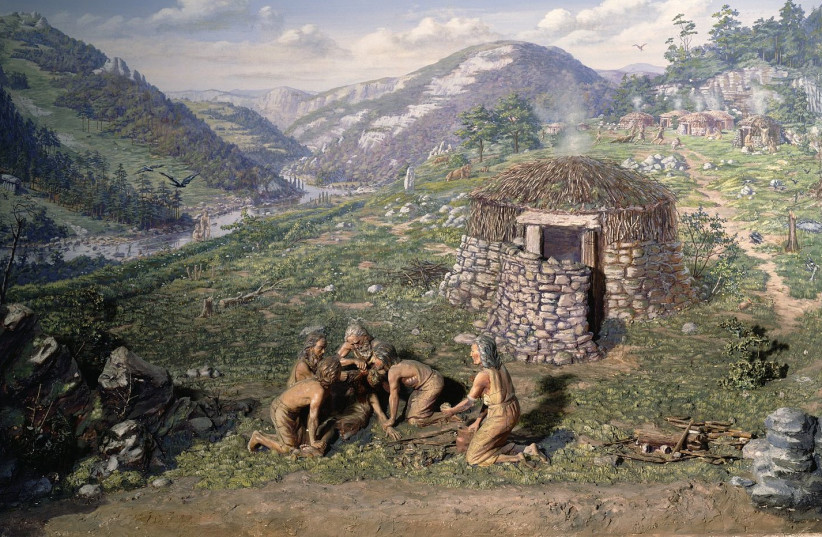Neolithic structure uncovered on remote Isle of Arran in Scotland
Excavations on the remote Isle of Arran in the British Isles have uncovered a vast cursus dating as far back as 4000 BCE, according to a Guardian report on the discovery from earlier this month.
A cursus is a monumental neolithic structure that was used for processions and religious affairs.
“It’s strategically located to take people from the coast up to the interior of the island and to showcase Macrie Moor,”
senior lecturer at Glasgow University
It was uncovered by a team of researchers with the help of local volunteers on the site of Drumadoon and is likely to be the only entirely complete structure of its kind in Britain.
These structures are found all over the United Kingdom and can be anywhere from 200 meters to up to 10 km long. They are some of the oldest constructions found in the region.
The cursus found in Arran measures over a kilometer in length and is not far from the well-recognized Machrie Moor site nearby but is in fact older.

“It’s strategically located to take people from the coast up to the interior of the island and to showcase Macrie Moor,” Kenny Brophy, a senior lecturer at Glasgow University who studies archeology and specializes in cursuses, told the Guardian.
The cursus may also have helped travelers by serving as a local landmark.
It has been hard work excavating the site. Only one percent has been uncovered so far.
The site was certainly built with primitive handheld implements, making the achievement all the more noteworthy.
An ancient Temple
Brophy suggests that the monument was developed over a number of decades by various teams of workers, who would have attended the site from time to time on pilgrimages. He suggests that the project was the brainchild of a popular spiritual or political leader at the time.
Archeologists found the site in a location far away from the soil disturbance of farming or the peaty bogs which usually make such excavations prohibitively difficult.
It was first noticed by Lidar, using lasers to see under the soil for hidden structures by Historic Environment Scotland.
Nicki Whitehouse, a professor of Archeology at Glasgow University who was on the team excavating the site noticed a pattern of agricultural land intersecting the local neolithic sites, leading him to believe that the sites were built in conjunction with each other. The intention was to form a string of monuments connecting the local important sites.





Comments are closed.